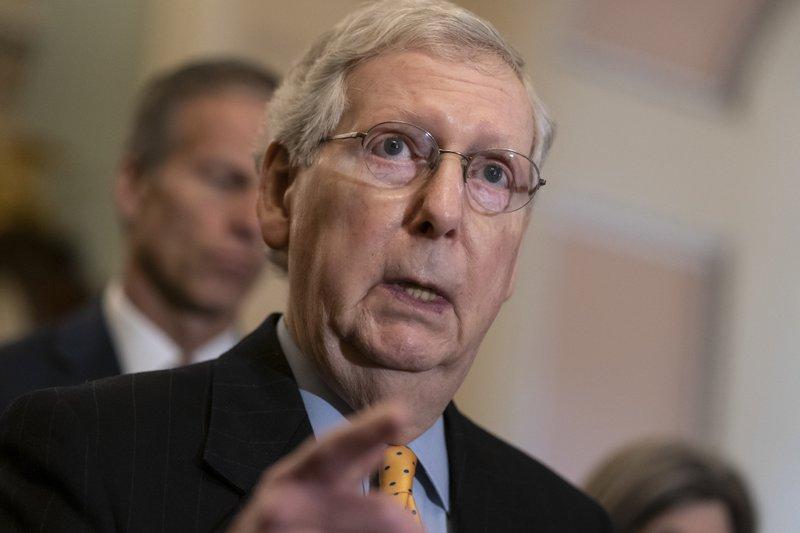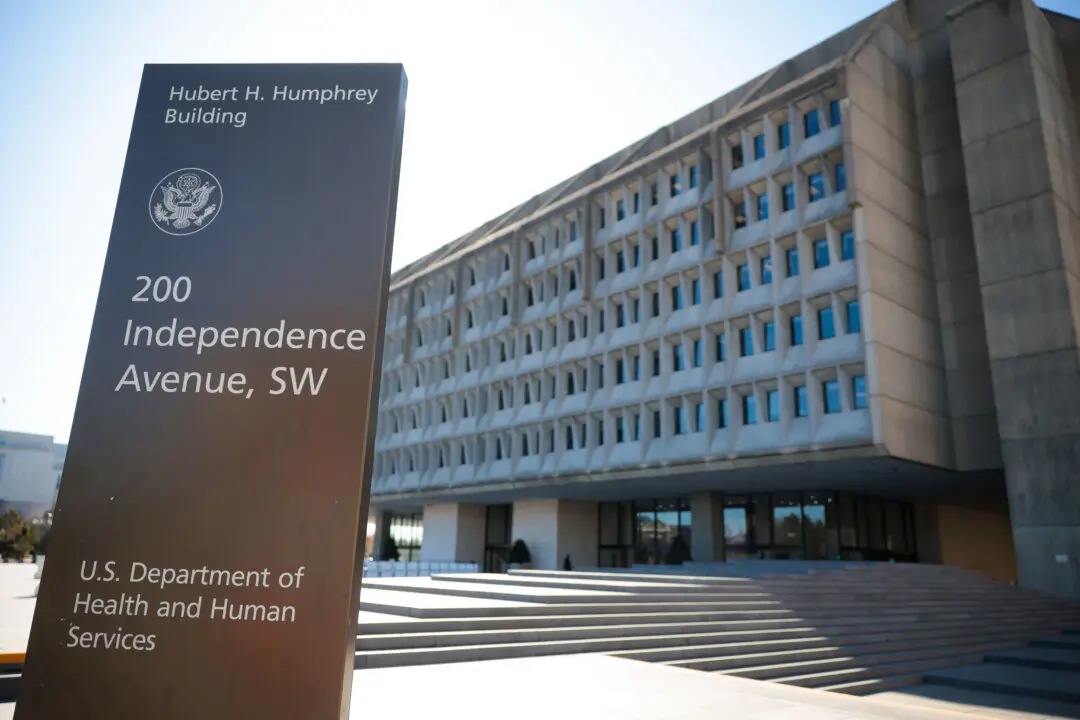Senate Majority Leader Mitch McConnell (R-Ky.) said that he would fill a Supreme Court vacancy if a spot became open in 2020.
Nationwide elections are slated for 2020. President Donald Trump, a Republican, is running for re-election while a slew of candidates are vying for the Democratic nomination to run against him.





